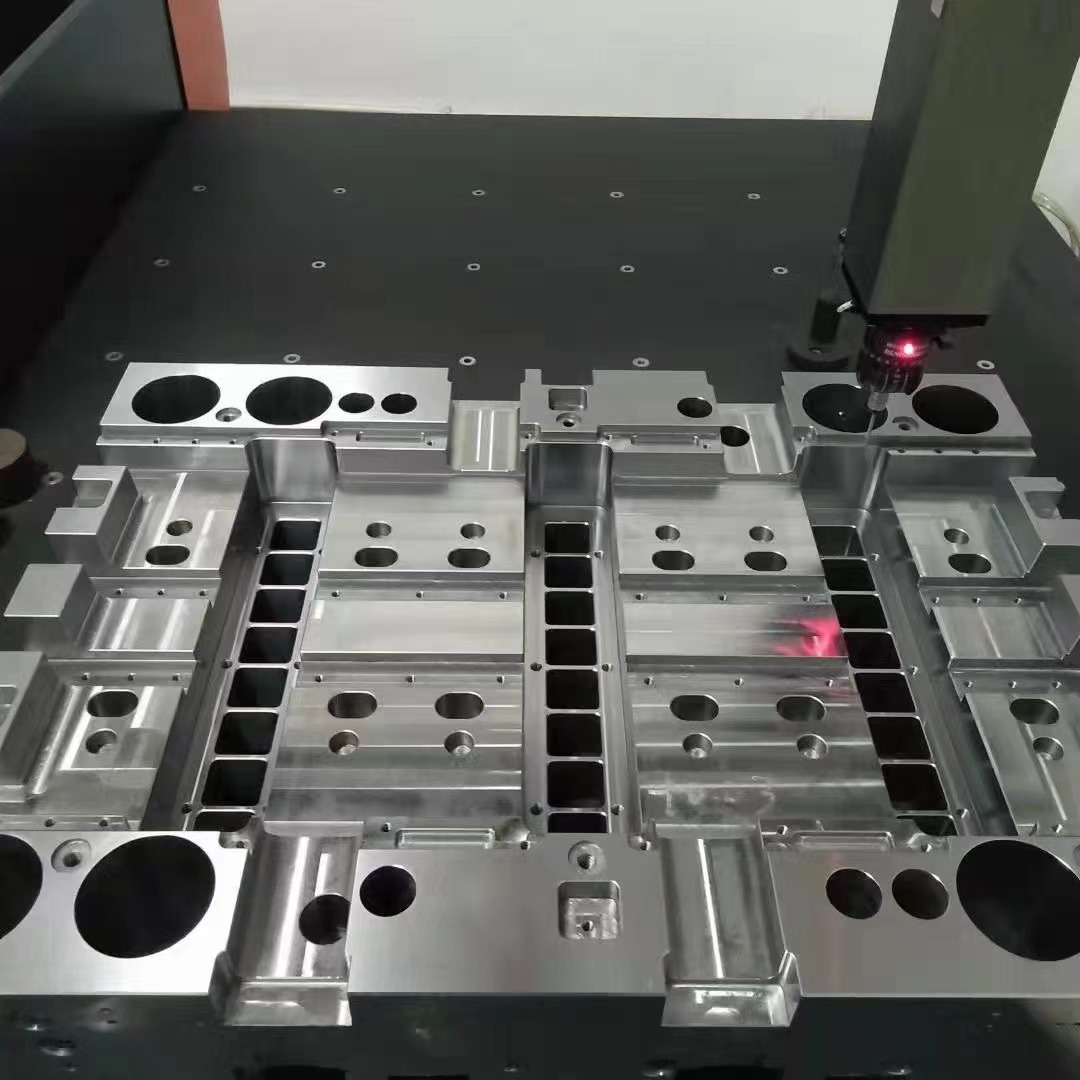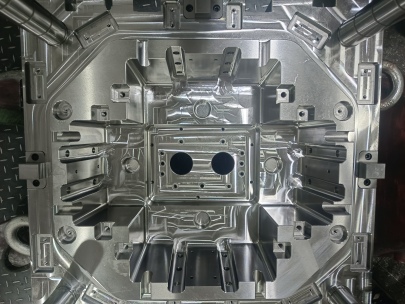Mold can be a persistent issue in bathrooms, especially around the base of the toilet. Not only does it look unsightly, but it can also pose health risks. This guide will walk you through the process of removing mold around your toilet base safely and efficiently.
Understanding the Causes of Mold Growth
Mold thrives in damp environments, making bathrooms, particularly areas around the toilet, ideal breeding grounds. Here are some common causes of mold growth:
- High humidity: Bathrooms often have high humidity levels due to showers and baths.
- Leaky fixtures: A leaky toilet can create a moist environment.
- Poor ventilation: Insufficient airflow can trap moisture.
Essential Tools and Materials Needed
Before starting, gather the following tools and materials:
| Tool/Material | Purpose |
|---|---|
| Mold cleaner | To kill mold spores |
| Scrub brush | For scrubbing the affected area |
| Protective gloves | To protect your hands |
| Mask or respirator | To avoid inhaling mold spores |
| Old towels or rags | For drying the area |
Step-by-Step Guide to Remove Mold
Follow these steps to efficiently remove mold from around your toilet base:
Step 1: Safety First
Before you begin, safety is paramount. Ensure you wear protective gloves and a mask to avoid contact with mold spores.
Step 2: Prepare the Area
Clear any items around the toilet to give you enough space to work. This will help you clean more thoroughly.
Step 3: Apply Mold Cleaner
Using a mold cleaner or a bleach solution (1 cup of bleach to 1 gallon of water), apply it generously to the affected areas. Allow it to sit for at least 10-15 minutes.
Step 4: Scrub Away the Mold
Using a scrub brush, scrub the moldy areas thoroughly. Be sure to reach all nooks and crannies. If necessary, go over any areas that still appear stained.
Step 5: Rinse and Dry
After scrubbing, rinse the area with clean water and dry it with old towels or rags. It's crucial to remove any remaining moisture to prevent future mold growth.
Step 6: Dispose of Waste Properly
Dispose of any cleaning materials, including rags or brushes, to prevent spores from spreading in your home.
Preventive Measures Against Mold
Once you've removed the mold, take steps to prevent it from returning. Here are a few recommendations:
- Ensure proper airflow in your bathroom with ventilation fans.
- Fix any leaks promptly to avoid moisture accumulation.
- Consider using a dehumidifier in excessively humid areas.
- Regularly clean the area around your toilet to catch mold early.
Key Takeaways
Here are the important points to remember:
- Wear protective gear when dealing with mold.
- Mold thrives in damp areas; controlling moisture is key.
- Regular cleaning can prevent mold growth.
Frequently Asked Questions
1. Is it safe to use bleach to kill mold?
Yes, bleach is an effective mold killer but should be handled with care. Always ensure your bathroom is well-ventilated while using it.
2. What should I do if mold keeps coming back?
If mold keeps returning, you might have a persistent moisture issue. Consider consulting with a professional to identify and resolve the underlying cause.
3. Can I use natural products to remove mold?
Yes, options like vinegar and baking soda can help in mold removal, though may not be as strong as commercial cleaners.
Conclusion
Removing mold around your toilet base is a manageable task if you follow these steps carefully. By understanding the causes of mold growth, preparing adequately, and employing preventive measures, you can keep your bathroom clean and safe. Regular maintenance and vigilance are key to avoiding future mold-related issues.



